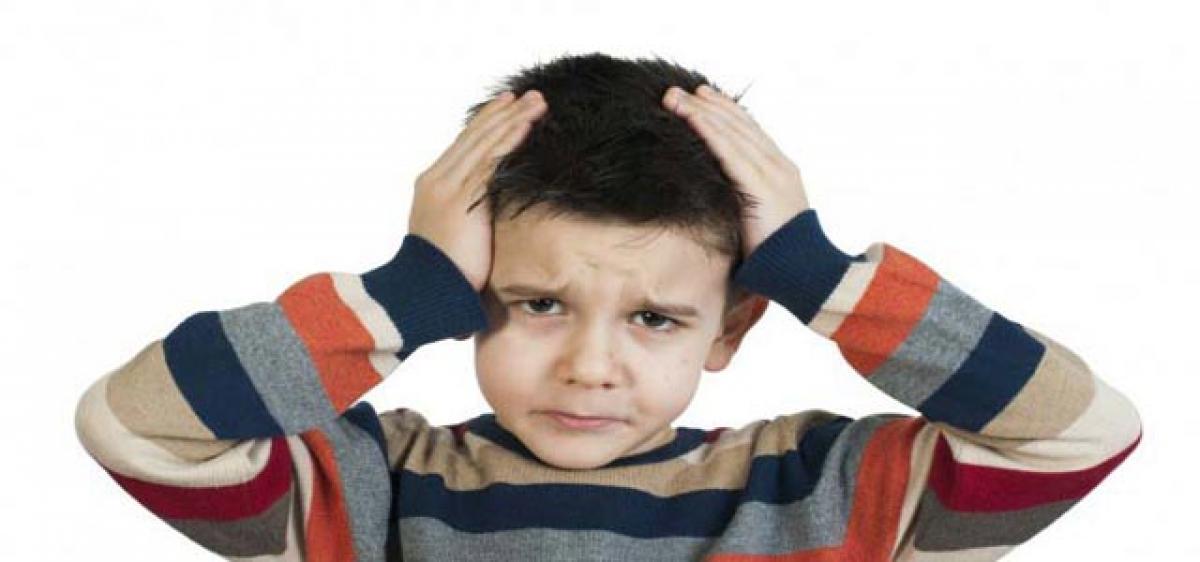Live
- Maruthi Dons Producer Hat again, He Ventures into Production with ‘Beauty’
- Viksit Bharat Ambassador: Participants hail the mission, urge to make it a ‘people-powered movement’
- Tharun Bhaskar and Eesha Rebba Join Forces in New Film
- Shahid Kapoor teases fans with BTS from ‘Deva’
- Popular Television Actress Divyanka Tripathi Injured in Accident
- Is Pooja Hegde Joining Jr NTR for an Item Number in 'Devara'?
- Zomato slapped with Rs 11.81 crore GST demand, penalty order
- Voters in NP Kunta express support to Kadiri MLA candidate B.S. Maqbool
- Dibyendu Bhattacharya shares his fascination for police officers
- Penukonda MLA Candidate Savithamma Celebrates Naidu's birthday









